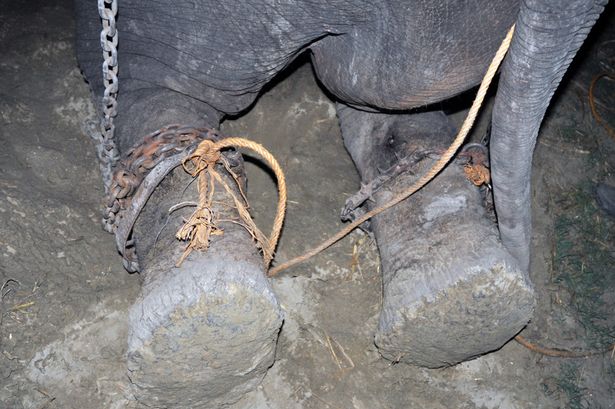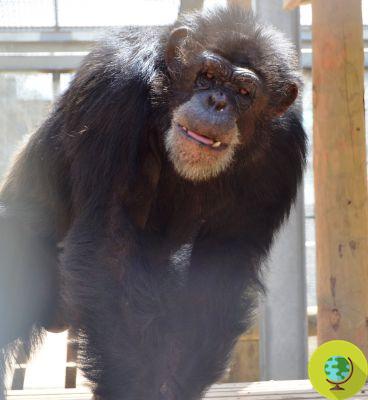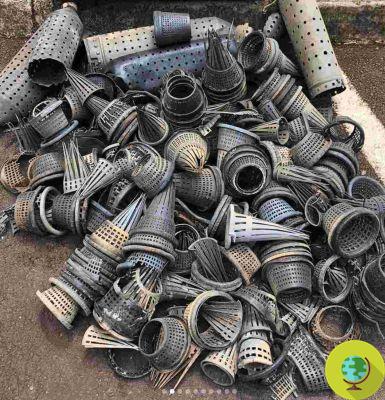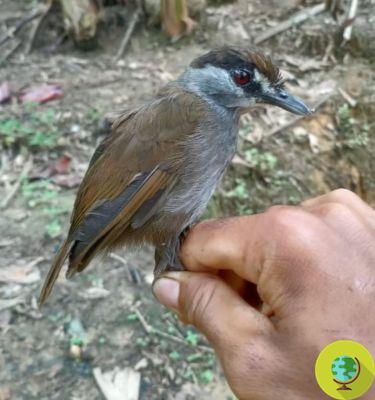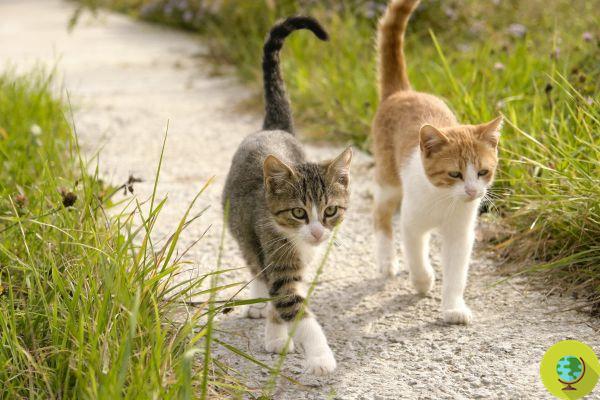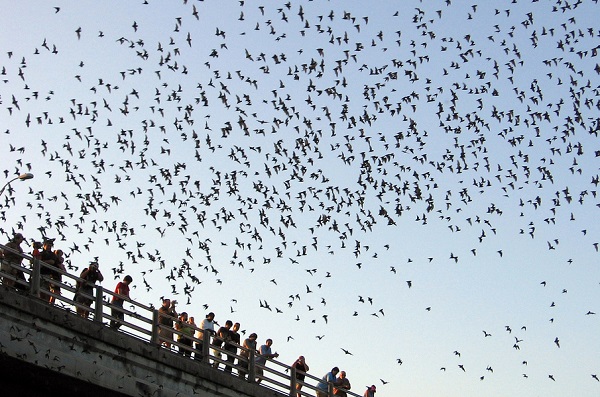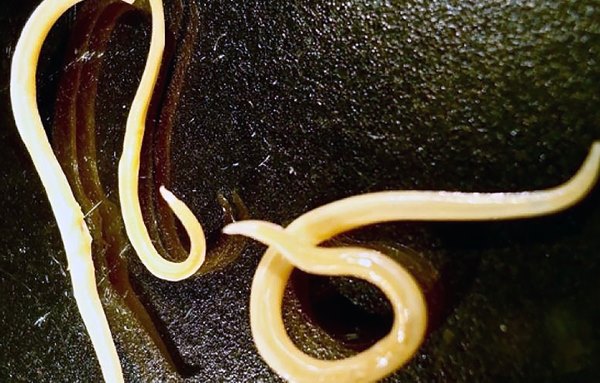Many German cities create 'wild' gardens to provide food and shelter for numerous endangered species of bees
Many German cities, such as Berlin or Munich, create 'wild' gardens to provide food and shelter for the large number of endangered species of bees.
To escape the city traffic and smog, in Berlin you just need to go to Baerwalderstrasse - a corner of natural paradise of 1.720 square meters, as picturesque as a Monet painting: blue cornflowers, red poppies, expanses of scabiosa and many other species of plants and flowers. , in a landscape enriched by the hum of hundreds of pollinating insects attracted by this variety of colors and scents, unthinkable in a city like Berlin. In particular, two species of endangered carpenter bees (characterized by an all black abdomen) delight in all the pollen that this garden offers them.
This small wilderness area is one of over a hundred meadows that have been carved out of the largest German cities in the past three years and that transform the urban landscape with their beautiful colorful flowers. The city of Berlin has made an investment of 1,5 billion euros to create more than 50 gardens in a five-year period, while in Munich (Bavaria) there are already 30 green areas since 2018. Similar initiatives have been seen also in other cities, such as Stuttgart, Leipzig and Hamburg.
(Read: Berlin, the European city where every dog would like to live)
If at first these wilderness areas met with resistance from the inhabitants - more eager for grassy lawns for sunbathing, picnicking or walking the dogs - now it is the residents who are asking the city authorities to open new ones. green spaces, or even to express the desire to create your own: it is an incredible aesthetic enrichment and the flowers, unlike the reinforced concrete buildings, allow you to closely observe the seasonality of nature.
The main purpose of these parks, however, is not the mere beauty of the urban landscape, but the defense of wild bees: Germany is home to around 580 species of wild bees (300 in Berlin alone), and more than half of these are threatened by extinction due to the absence of green areas and flowers. Unlike the bees that build hives, wild bees are solitary creatures that live in temporary solutions and that adapt to the different environments that nature offers them: for example, carpenter bees are so called because of their propensity to live in wood. dead, in which they make large holes; the mason bees, on the other hand, nest in the cracks in the walls.
According to a study conducted on wild bees, 17 species of bees have been certified within the park (none on the IUCN Red List), three of which are pollinating bees:
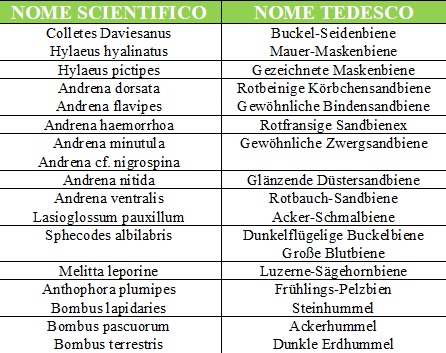
Fonte: German Wildlife Foundation
We also recommend:
- World bee day, how it was born and why it is May 20th
- First map of bee species from around the world made
- Bees mating details revealed - here's where they make their nuptial flights




